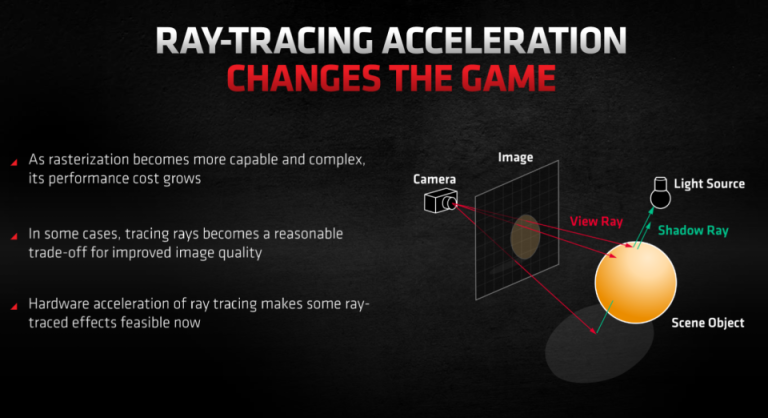Ray tracing technology has revolutionized the gaming industry, offering a new level of realism and visual quality to gamers around the world. As a gamer, I have been intrigued by the advancements in ray tracing technology and its impact on gaming desktops. Let’s delve deeper into the world of ray tracing and explore its implications on the gaming experience.
Definition of Ray Tracing Technology
Explanation of Ray Tracing in Gaming
Ray tracing is a rendering technique that simulates the way light interacts with objects in a virtual environment. In gaming, ray tracing enhances the visual quality by accurately depicting how light travels, reflects, and refracts in a scene, leading to realistic graphics with stunning detail.
Differences between Ray Tracing and Traditional Rendering
Unlike traditional rendering techniques, ray tracing follows the path of individual rays of light, leading to more lifelike shadows, reflections, and lighting effects. This results in a more immersive gaming experience with unparalleled visual fidelity.
Advantages of Ray Tracing in Gaming
Improved Graphics Quality
Ray tracing technology elevates gaming graphics to a whole new level, with realistic textures, reflections, and light effects that enhance the overall visual appeal of games.
Realistic Lighting and Shadows
One of the most significant advantages of ray tracing is its ability to create lifelike lighting and shadows, adding depth and realism to in-game environments.
Challenges in Implementing Ray Tracing
Hardware Requirements
Implementing ray tracing technology requires powerful hardware, including a compatible graphics card and CPU, to handle the complex calculations involved in real-time ray tracing.
Performance Impact on Gaming Desktops
While ray tracing enhances visual quality, it can also put a strain on gaming desktops, leading to reduced frame rates and performance issues in some cases. Balancing performance and visual fidelity is crucial for a smooth gaming experience.
Adoption of Ray Tracing in Games
Current Games Utilizing Ray Tracing
Several AAA titles have already integrated ray tracing technology, including Cyberpunk 2077, Minecraft, and Battlefield V, showcasing the potential of this technology in the gaming industry.
Future Outlook on Ray Tracing Integration
Looking ahead, the future of ray tracing in gaming is promising, with more game developers expected to embrace this technology and deliver visually stunning gaming experiences that push the boundaries of realism.
Conclusion
Ray tracing technology has significantly impacted gaming desktops by enhancing graphics quality and realism. While challenges such as hardware requirements and performance issues exist, the adoption of ray tracing in games continues to grow, promising a future where immersive gaming experiences are the norm.
FAQs
Q1: Do all games support ray tracing technology?
A1: Not all games currently support ray tracing, but the trend is growing, with more titles incorporating this technology.Q2: How does ray tracing improve the gaming experience?
A2: Ray tracing enhances the visual quality of games by simulating realistic lighting, shadows, and reflections.Q3: What are the hardware requirements for using ray tracing on a gaming desktop?
A3: To utilize ray tracing, a powerful graphics card and CPU are necessary to handle the computational demands of real-time ray tracing.Q4: Can ray tracing impact gaming performance?
A4: Yes, ray tracing can impact gaming performance by putting a strain on system resources, leading to lower frame rates in some cases.Q5: What is the future outlook for ray tracing in games?
A5: The future of ray tracing in games looks promising, with more game developers expected to integrate this technology and further enhance the visual fidelity of gaming experiences.
